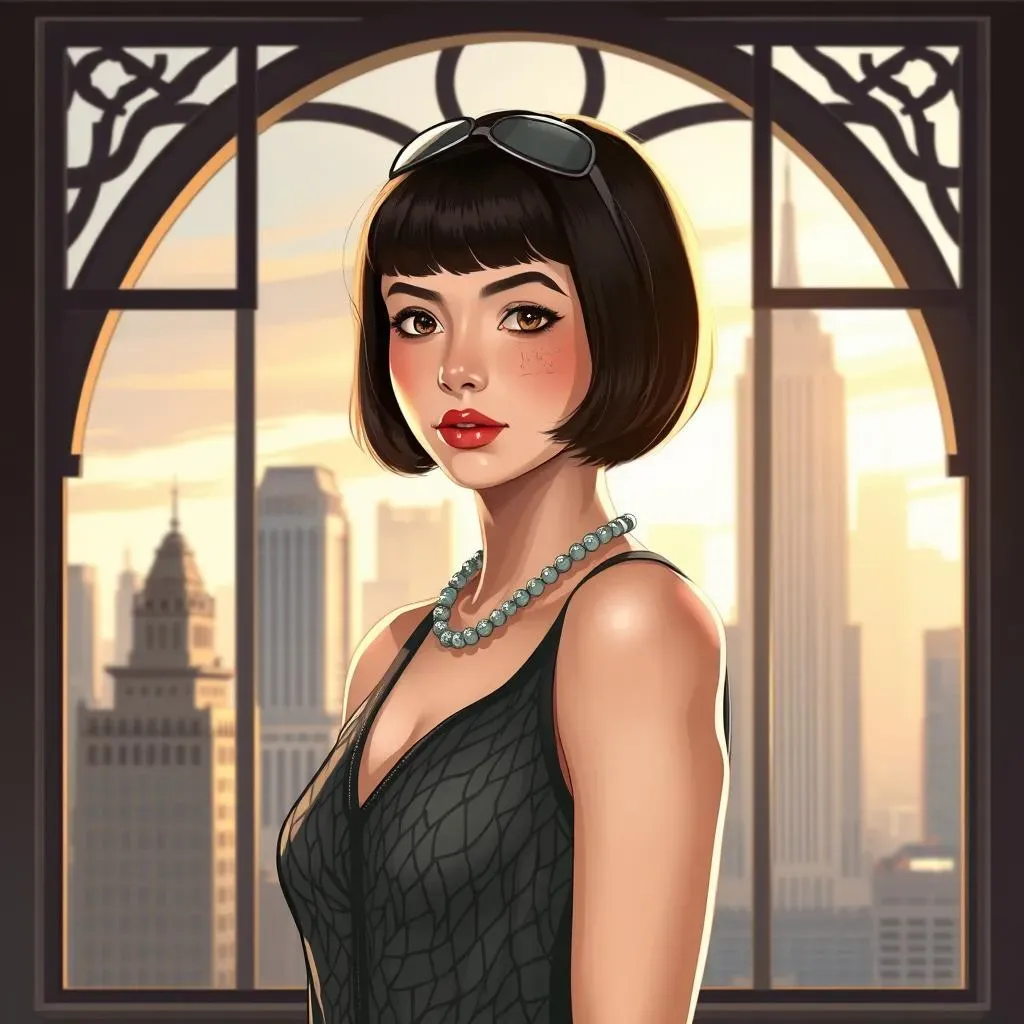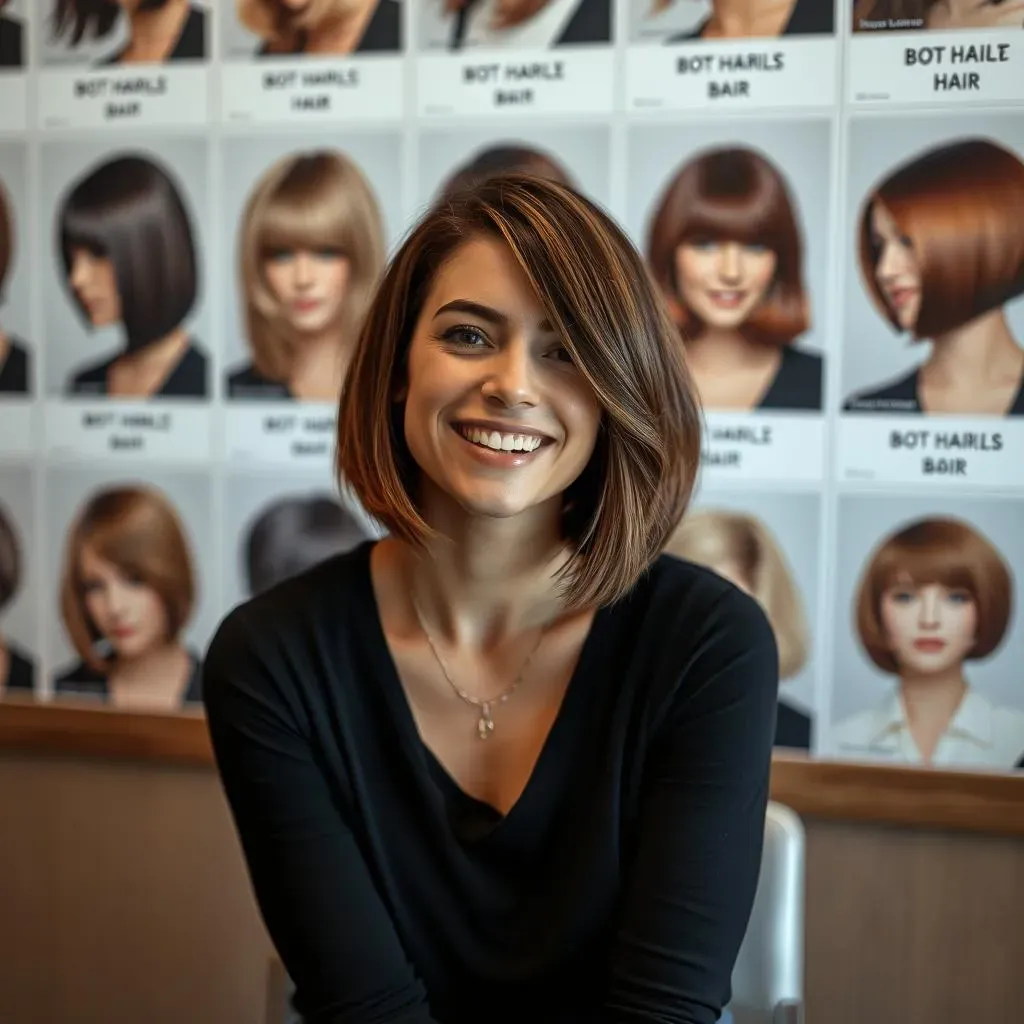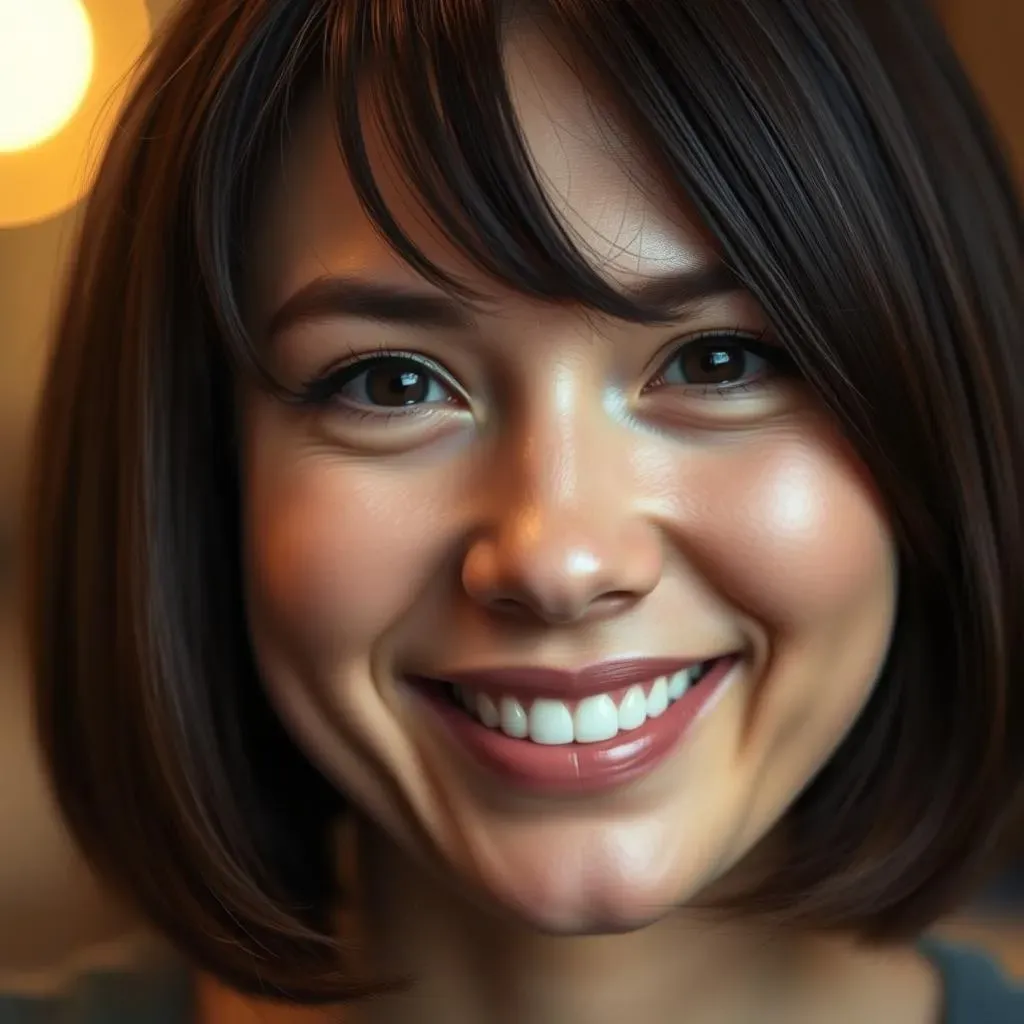Ever wondered what's the deal with the bob haircut? It's not just a chop; it's a statement. From the roaring twenties to today's runways, the bob has been a symbol of change, independence, and cool. This article will take you on a journey to explore exactly what is a bob haircut, covering its history, its many forms, and why it’s still a go-to style for so many. We'll start by looking at its surprising origins and how it became a cultural phenomenon. Then, we'll check out the different styles, like the sleek A-line, the edgy inverted, and the laid-back shaggy bob. Finally, we'll see how this timeless cut remains a popular choice and what makes it so versatile. So, if you're curious about the bob or even thinking about getting one, stick around; you might just find your next favorite hairstyle.
History of the Bob Haircut

History of the Bob Haircut
The Early Days: A Shocking Change
so picture this: it's the early 1900s, and long hair is the absolute norm for women. I'm talking hair down to their waists, piled up in elaborate styles. Then, bam! The bob enters the scene. It wasn't an overnight sensation, but more of a slow burn. Before World War I, some daring women, like actresses and those who were considered 'fashionable,' started sporting shorter styles, but it wasn't really widespread. It was a pretty radical move, honestly. Can you imagine the gasps when someone dared to chop off all that hair?
The Roaring Twenties: Bob Mania
The real explosion of the bob happened in the 1920s. It became the hairstyle of the flappers, those young, rebellious women who were all about jazz, dancing, and breaking free from old traditions. Suddenly, the bob wasn't just a haircut; it was a symbol of modernity and independence. Celebrities like Coco Chanel and Louise Brooks rocked the bob, making it super popular. It was like a statement: "I'm a modern woman, and I'm doing things my way." The bob became a hairstyle that defined an era, and it was a big "no thanks" to the long, restrictive styles of the past.
Era | Key Figures | Symbolism |
|---|---|---|
Early 1900s | Actresses, Fashionable Women | Daring, Avant-Garde |
1920s | Flappers, Coco Chanel, Louise Brooks | Modernity, Independence, Rebellion |
The Bob Evolves: Beyond the Twenties
Though the bob lost some of its initial popularity in the 1930s, it never really disappeared. It came back with a bang in the 1960s, thanks to hairstylist Vidal Sassoon, who gave it a geometric, sleek edge. Then, in the 2000s, it had another big revival, with celebs like Madonna and Victoria Beckham sporting different versions. The bob's journey shows how a haircut can be more than just a style; it can be a reflection of the times, social change, and personal expression. It's been reshaped and redefined, always staying current but always recognizable as that iconic bob.
Types of Bob Haircuts: Finding Your Perfect Style

Types of Bob Haircuts: Finding Your Perfect Style
The Classic Bob: Simple and Chic
so you're thinking about a bob, right? Let's start with the classic. This is your basic, straight-across cut, usually hitting around the jawline. Think of it as the original bob, the one that started it all. It's timeless, looks good on pretty much everyone, and it’s super easy to style. Whether your hair is straight, wavy, or even a bit curly, the classic bob is a safe bet. It’s like the little black dress of haircuts – always in style and always appropriate.
The great thing about this bob is that it's so versatile. You can wear it sleek and smooth for a more polished look, or add some texture for a relaxed vibe. It’s also a great base if you want to experiment with different partings or add a fringe. It’s the kind of cut that can take you from the office to a night out without needing a whole lot of fuss. Honestly, if you’re unsure where to start, the classic bob is your best friend.
Variations on a Theme: A Bob for Everyone
But wait, there's more! The classic bob isn't the only option. There are tons of variations to play with, each bringing its own unique flavor. We've got the A-line bob, which is shorter at the back and gradually gets longer towards the front, creating a cool, angled look. Then there's the inverted bob, also known as a graduated bob, which is shorter at the back and stacked up, giving you extra volume and a bit of an edgy feel. If you're after something more relaxed, the shaggy bob is your go-to. It's got lots of layers and texture, making it look effortlessly cool and lived-in. And let's not forget the long bob, or "lob," which hits around the shoulders—perfect if you want to keep some length while still rocking that bob vibe.
Each of these styles can be tweaked to suit your face shape, hair texture, and personal style. The key is to find a stylist who gets what you’re going for and can tailor the cut to you. So, don’t be afraid to explore the different types of bobs and see which one makes you feel like your most awesome self. It's all about finding the perfect fit that highlights your best features and makes you feel great.
Bob Type | Description | Best For |
|---|---|---|
Classic Bob | Straight cut around the jawline | Anyone, versatile and timeless |
A-Line Bob | Shorter at the back, longer at the front | Adding interest, angular look |
Inverted Bob | Stacked at the back, shorter in the back | Volume, edgy style |
Shaggy Bob | Layered and textured | Relaxed, effortless look |
Long Bob (Lob) | Hits around the shoulders | Maintaining length, versatile |
The Bob Haircut Today: Why It's Still Popular

The Bob Haircut Today: Why It's Still Popular
A Timeless Choice: Why the Bob Endures
so we've seen how the bob has been through different eras, but why is it still such a big deal today? Well, it's because it's genuinely timeless. It’s like that classic song you never get tired of. The bob manages to be both modern and retro at the same time. It's adaptable, it can be styled in so many ways, and it suits a huge range of people. It's not just a trend; it's a staple. You can see it on red carpets, in magazines, and on the streets. It's a haircut that simply refuses to go out of style. I think that’s pretty cool, right?
Versatility is Key: Adapting to Any Style
I think one of the biggest reasons the bob sticks around is because of its versatility. You can make it edgy or elegant, depending on how you style it. It can be sleek and polished for a professional look, or textured and messy for a more relaxed vibe. The bob works with all sorts of hair types and face shapes, and you can customize it to fit your personal style. Whether you're into a sharp, geometric look or something softer and more flowing, there's a bob out there for you. I mean, how many haircuts can say that?
More Than a Haircut: The Bob's Cultural Impact
Beyond just being a hairstyle, the bob has always carried a bit of cultural weight. It's been associated with independence and empowerment, especially since its early days with the flappers. It's a cut that says, "I'm doing me," and it continues to be a way for people to express themselves. It’s also practical—easy to manage and style, which is perfect for busy lives. So, when you choose a bob, you're not just picking a haircut; you're choosing a piece of history and a statement of personal style. And honestly, who wouldn't want to be part of that?
The Bob's Enduring Legacy
So, there you have it, the bob haircut is way more than just a simple trim. It's a style with serious staying power. From its rebellious start to its modern-day versatility, the bob has proven its ability to adapt and stay relevant. Whether you're drawn to its classic elegance or its more contemporary edge, there's a bob out there for everyone. It's a testament to how a simple cut can make a big statement, reflecting not just personal style but also cultural shifts and attitudes. The bob continues to evolve, proving that some styles truly are timeless.